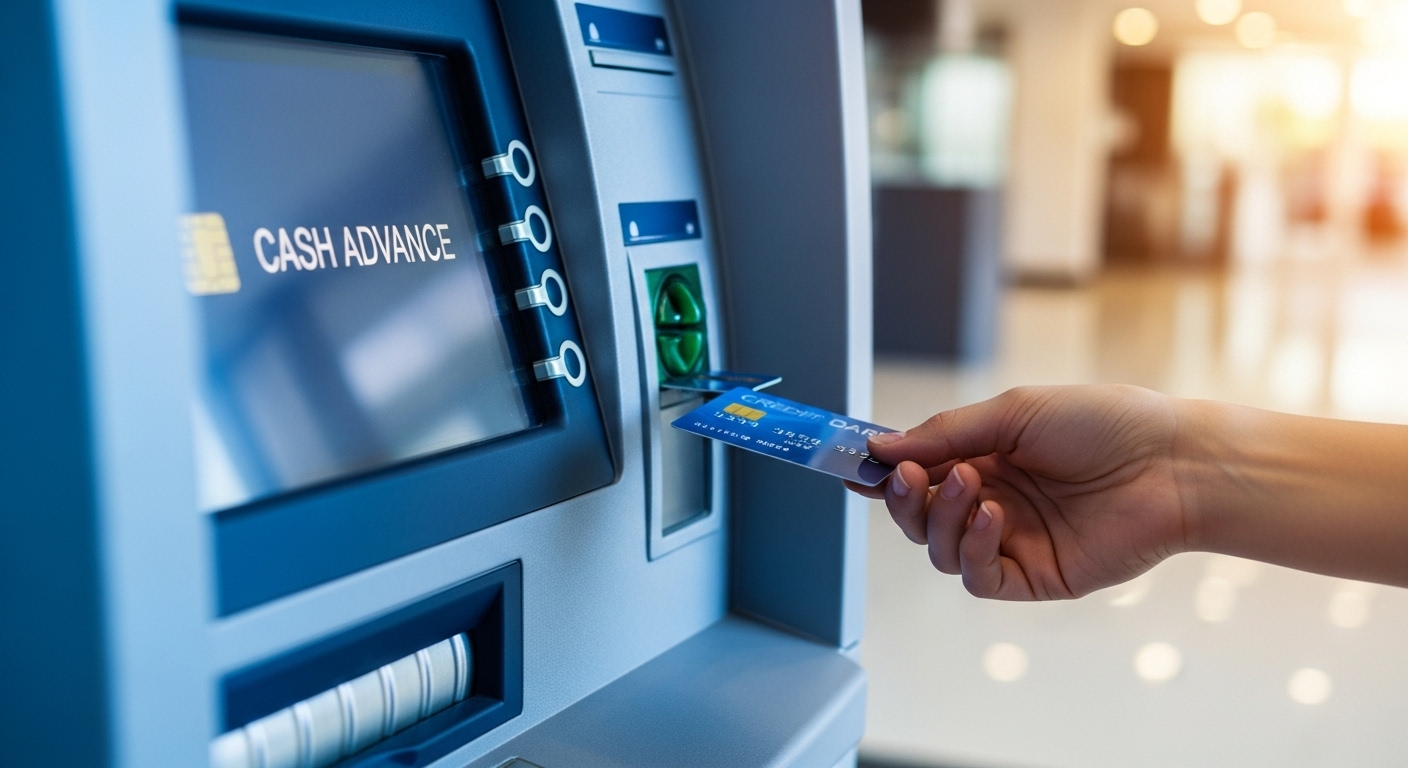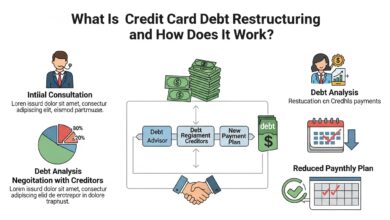Is Taking a Cash Advance with a Credit Card a Smart Move?

When you’re short on cash and have a credit card in your wallet, the temptation to use it for a cash advance can be strong. But before you head to that ATM or bank counter, it’s crucial to understand exactly what you’re getting into. Cash advances might seem like a convenient solution, but they’re often one of the most expensive ways to access money.
What Is a Credit Card Cash Advance?
A cash advance is essentially borrowing cash against your credit card’s line of credit. Unlike using your card to make purchases, a cash advance allows you to withdraw physical cash from an ATM, bank teller, or through convenience checks provided by your card issuer. Some credit cards even allow cash-like transactions such as buying casino chips or foreign currency, which are treated as cash advances.
Most credit cards offer this feature, but it comes with a separate credit limit—typically a percentage of your total credit line. For example, if you have a $5,000 credit limit, your cash advance limit might be $1,000 or 20% of your total limit.
The True Cost of Cash Advances
This is where things get expensive. Cash advances come with a triple threat of fees and charges that can quickly spiral out of control:
1. Cash Advance Fees
Most credit card issuers charge an upfront fee for cash advances, typically 3-5% of the amount withdrawn, with a minimum fee (often $10). So if you withdraw $500, you’re immediately paying $15-25 just for accessing your own credit line.
2. Higher Interest Rates
Cash advances usually carry significantly higher APRs than regular purchases. While your purchase APR might be 18-20%, cash advance APRs often range from 25-30% or higher. This interest starts accumulating immediately—there’s no grace period like there is with purchases.
3. No Grace Period
This is a critical difference. When you make a purchase with your credit card, you typically have 21-25 days to pay it off before interest kicks in. Cash advances have no such grace period. Interest starts accruing the moment you withdraw the cash.
4. ATM Fees
If you’re withdrawing from an ATM, especially one outside your bank’s network, you’ll likely pay an additional ATM fee on top of everything else.
A Real-World Example
Let’s break down what a $500 cash advance actually costs:
- Cash advance fee (5%): $25
- ATM fee: $3
- Immediate cost: $28
Now, if you carry that balance for just one month at a 28% APR:
- Interest for one month: Approximately $12
- Total cost after one month: $40
If it takes you three months to pay it off, you’re looking at over $70 in fees and interest on a $500 withdrawal—a 14% markup.
When Might a Cash Advance Make Sense?
Despite the high costs, there are rare situations where a cash advance might be your only option:
- True emergencies where you need cash immediately and have no other alternatives
- Places that only accept cash and you have no access to other funds
- Short-term bridge that you can pay off within days (not weeks or months)
However, even in emergencies, there are usually better alternatives worth exploring first.
Better Alternatives to Consider
Before resorting to a cash advance, consider these options:
1. Personal Loans
Personal loans typically offer much lower interest rates (6-36% APR) and structured repayment plans. Many online lenders can approve and fund loans within 1-2 business days.
2. Debit Card or Bank Withdrawal
If you have any money in your checking or savings account, use that first, even if it means dipping into savings temporarily.
3. Payment Apps and Digital Wallets
Services like Venmo, PayPal, or Cash App can help you transfer money between accounts or receive funds from friends and family quickly.
4. Paycheck Advances from Employer
Some employers offer paycheck advances or earned wage access programs that let you access your already-earned wages before payday—usually with minimal or no fees.
5. Credit Card Purchase Instead
If the vendor accepts credit cards, use your card for a purchase instead. You’ll avoid cash advance fees and get the grace period benefit.
6. 0% APR Credit Cards
If you need time to pay back borrowed money, a credit card with a 0% intro APR on purchases or balance transfers would be far cheaper than a cash advance.
7. Credit Union Small-Dollar Loans
Many credit unions offer “payday alternative loans” (PALs) with much lower fees and interest rates than cash advances.
8. Side Income
If it’s not an immediate emergency, consider quick gig work through apps like Uber, TaskRabbit, or food delivery services.
How to Minimize Damage If You Must Take a Cash Advance
If you absolutely must take a cash advance, here’s how to minimize the financial impact:
- Withdraw only what you absolutely need – Every extra dollar costs you in fees and interest
- Pay it back as quickly as possible – Prioritize paying off the cash advance before other credit card balances
- Make payments immediately – Don’t wait until the due date; pay as soon as you have funds
- Avoid additional cash advances – Don’t make this a habit
- Use your own bank’s ATM – Avoid additional ATM fees by using in-network machines
The Bottom Line
Taking a cash advance with a credit card is rarely a smart financial move. The combination of upfront fees, high interest rates, no grace period, and potential ATM charges makes it one of the most expensive ways to access cash. The average cost can easily exceed 30-40% annually when you factor in all fees.
Cash advances should be viewed as an absolute last resort—a financial emergency button that should only be pressed when you’ve exhausted all other options. If you find yourself frequently considering cash advances, it may be time to build an emergency fund, explore budgeting apps, or speak with a financial counselor about managing cash flow more effectively.
Remember, the convenience of pulling cash from your credit card comes at a premium price. In almost every situation, there’s a more affordable alternative if you take the time to explore your options. Your future financial self will thank you for avoiding the cash advance trap.
